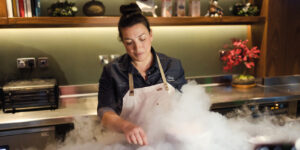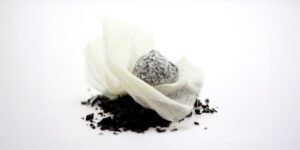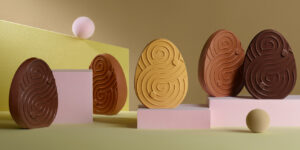Categories Pastry Chef Articles
Ramón Castillo: “If AI can help to work better, I have no doubt that the ice cream sector will embrace it without any problems”
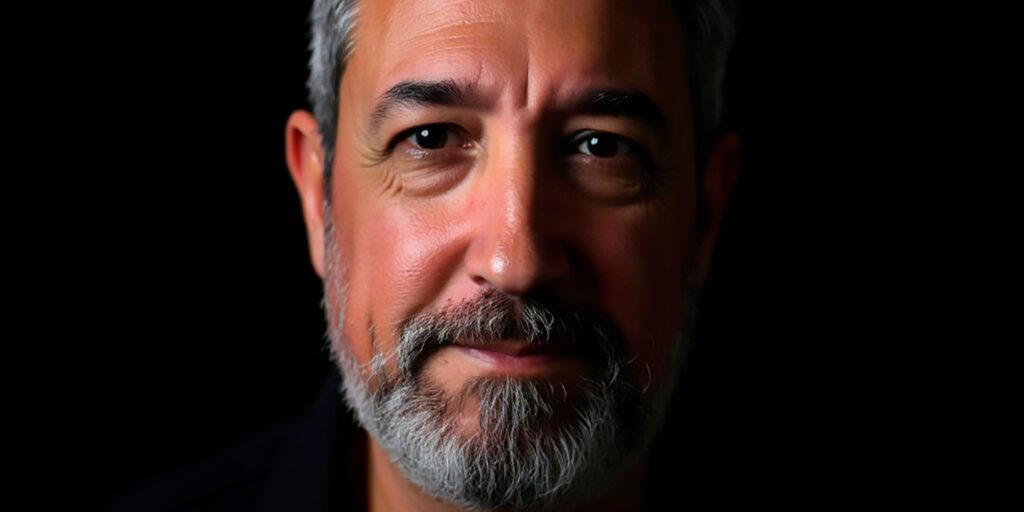
Can Artificial Intelligence help ice cream makers to be more original? Is it a really useful tool in the day-to-day running of a workshop?
To talk about the creative possibilities of AI, its possible application in the sector and its future in the gastronomic field, we have interviewed Ramón Castillo, an award-winning advertising creator who has presented artistic creations made with Artificial Intelligence in recent years where ice cream is the protagonist. Striking and avant-garde proposals that make us see this technology as a resource to boost creativity in the profession.
Tell us a little about your professional career.
I am an unusual advertising creative. Although I trained as a graphic designer, I always loved writing. Therefore, when I entered advertising I was able to deal with both the visual and conceptual part of the campaign.
For more than 20 years I have been working thinking of ideas that combine creativity and technology. In this aspect, I have also been quite atypical and I have always been very interested in innovation.
I was part of the founding team of one of the first digital agencies of the BBDO group in Spain; I collaborated for seven years at Doubleyou, the only national digital creative agency to win a Grand Prix in Cannes, and if we talk about the current moment, I think I have also been one of the first creatives to embrace the use of AI as a tool at the service of ideas and creativity. At the moment I combine my work as Academic Director and Teacher at the Barcelona School of Creativity with my work as Creative Director and Creator with AI as a freelancer.
“Thanks to AI, I dare to make experimental or personal proposals that do not obey a client’s briefing”
Why did you decide to specialize in Artificial Intelligence?
You could say it was a discovery. In the summer of 2022, I was going through a period of certain weariness in the projects I was working on. This happens sometimes in our profession, the same clients, the same expectations…
I have always been very restless and I have been strongly drawn to what happens when combining creativity and technology. And at that moment I discovered generative AI. It was a breath of fresh air, a magical discovery, which reconciled me with my work and allowed me to regain my enthusiasm. I was once again able to give my ideas an outlet in a very surprising way. The rest came on its own. They say that practice makes perfect, and after more than two years of using this tool, I have just surpassed 40,000 images created with AI.

What has AI contributed to your work as an advertising creative?
For the first time in my life, and generative AI is largely to blame for this, I am taking on more “conceptual” or “artistic” creations, thanks to the possibilities offered by this tool.
Due to my profession as an advertising creative, I have always worked on projects based on a commission and to solve a communication problem. At the moment, I am still developing that work (enriched by AI), but I dare make experimental or personal proposals that do not respond to a client’s briefing, they respond to my own concerns or simply to the pleasure of experimenting with new ways of giving my ideas a run for their money. This is the case of my ice cream creations.
In your portfolio you present three creations in which you combine ice cream and AI: Insects, Modernism, and Surrealism. How did the idea come about?
They are three of my own creative exercises; they are not commissions. When I think about ideas and innovation, I like to use juxtaposition, that is, to put things that have nothing to do with each other in relation, and see what happens.
I am passionate about art history. And the seed for this idea comes from when I think about how we could bring this discipline closer to children. For them, everything that has the word “history” in front of it sounds like boring school stuff. Therefore, I thought: Would there be any way to turn artistic movements into a product that children want? And that is where the idea of ice cream was born.
Also, it has always seemed to me, and I say this with all due respect, that the names or motifs of ice cream have historically been a bit simple: rocket, foot, lollipop, you get the idea. I understand that it makes sense because children understand simple things better, but I wanted to give it a twist.
“The idea for these ice cream art projects came from thinking: Is there a way to turn artistic movements into a product that children would want?”
How did you choose the theme in these three cases? What inspired you?
I started with Modernism, focusing mainly on the sinuosity of Gaudí’s architecture, Sagrada Familia, Casa Batlló, Casa Milà…
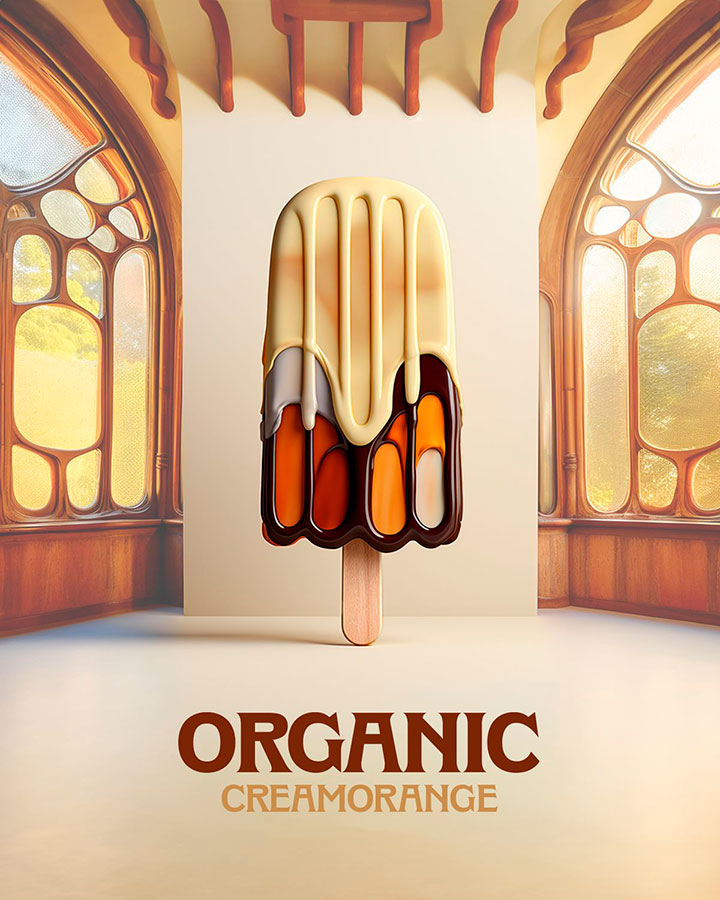
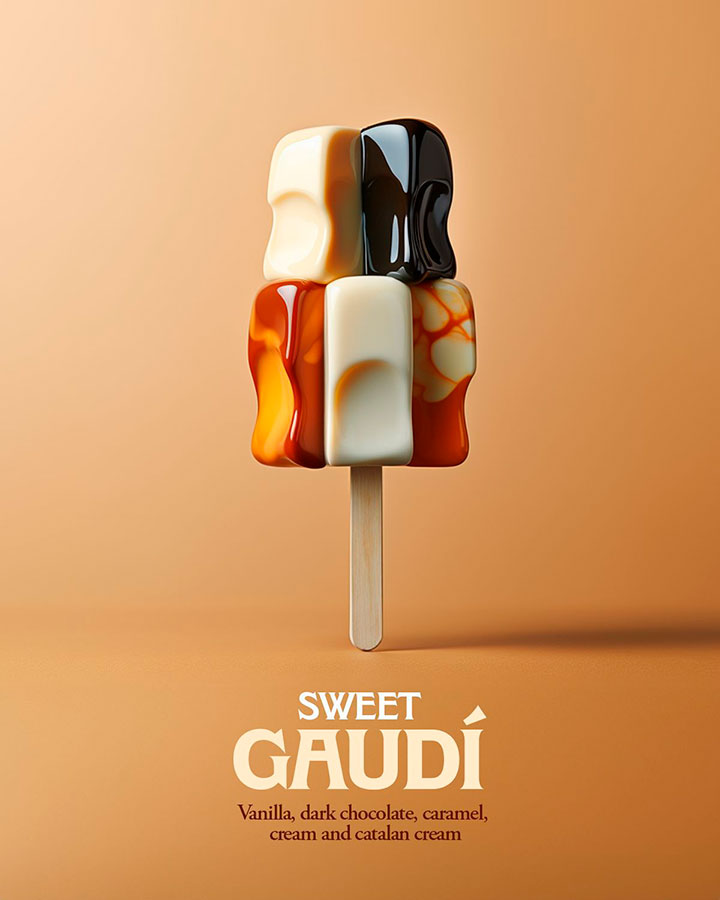
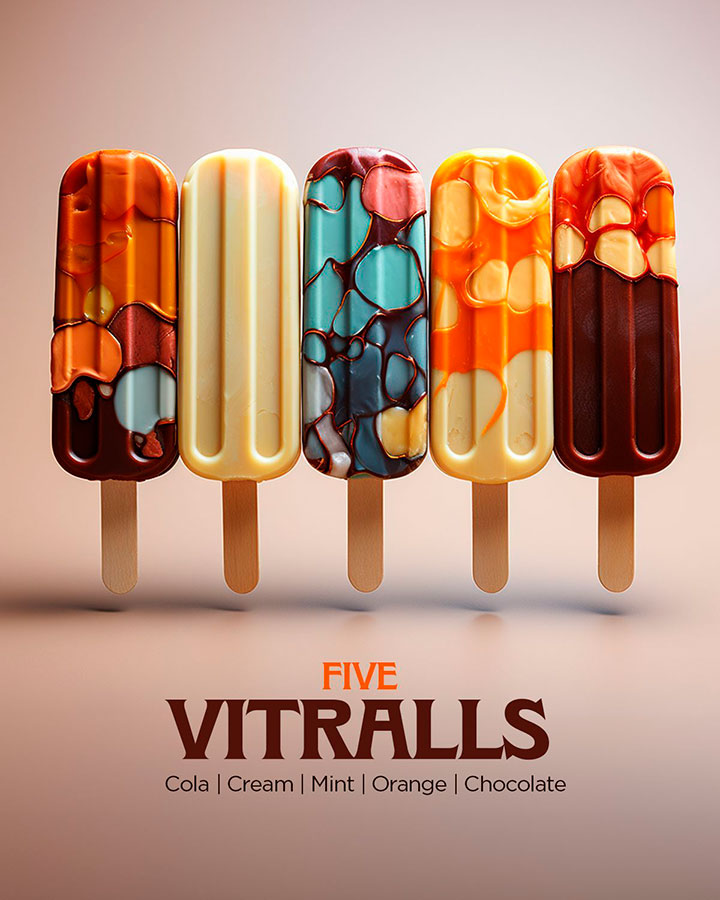
I continued with Surrealism, above all, inspired by the work of Dalí. His imagery of objects that melt was quite consistent with ice cream. In addition, we are talking about two of the most universal Catalans.
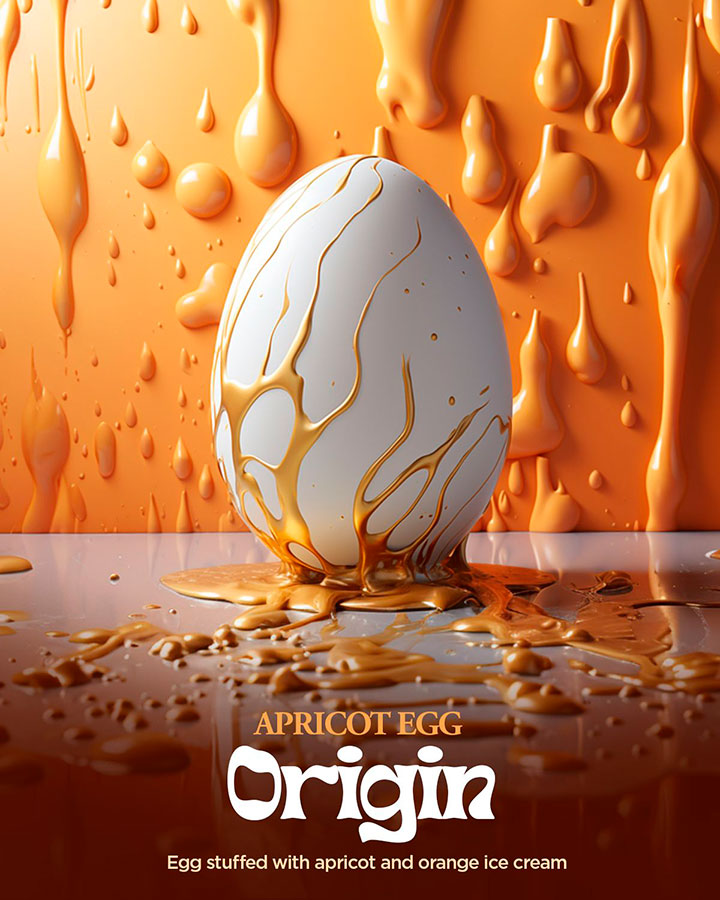
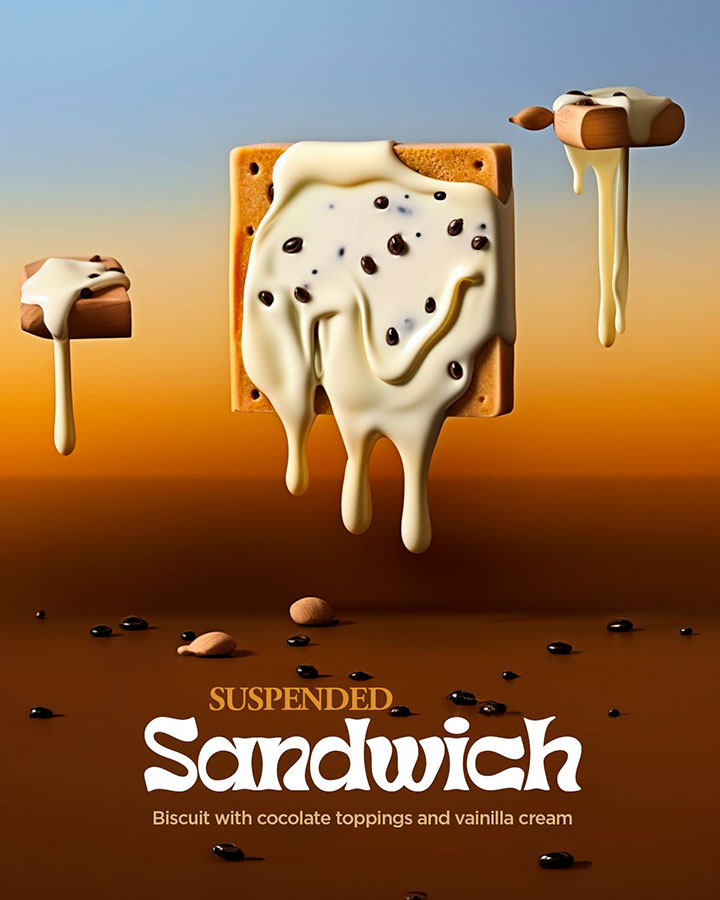
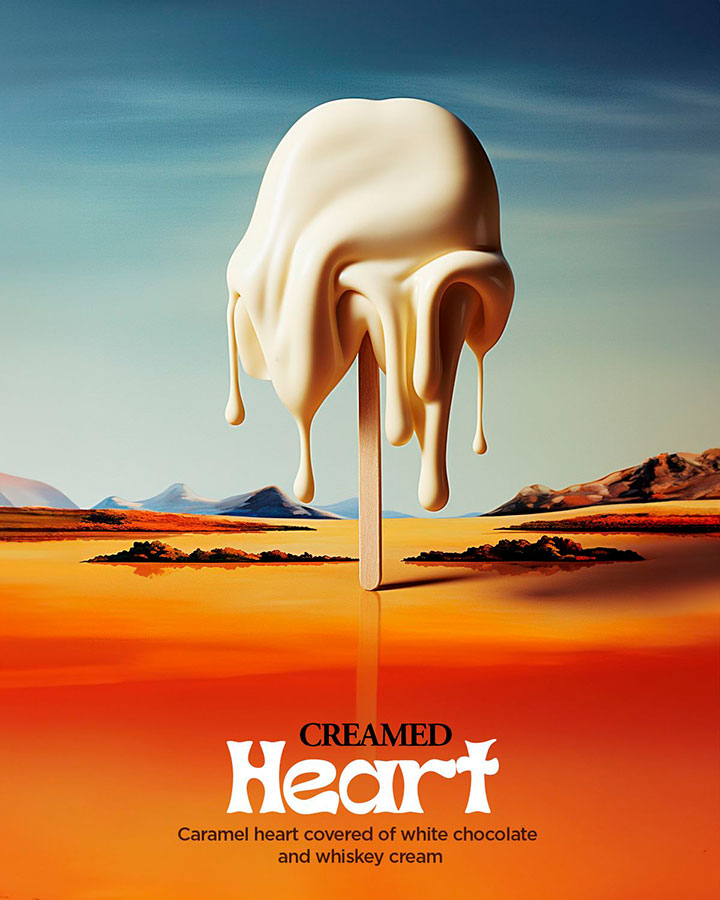
And more recently I have found it interesting to approach the world of entomology. I think that insects are very attractive to children too and it would be a way to introduce them to the different types that exist. In this last edition, the one with the bugs, I had an added challenge, to make them not disgusting, but appetizing.

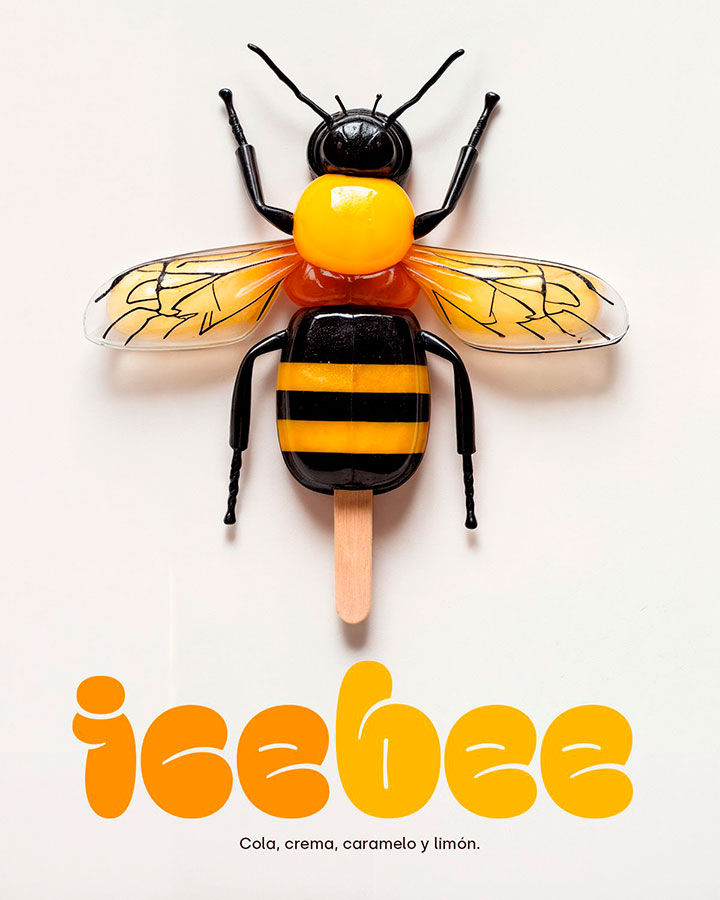
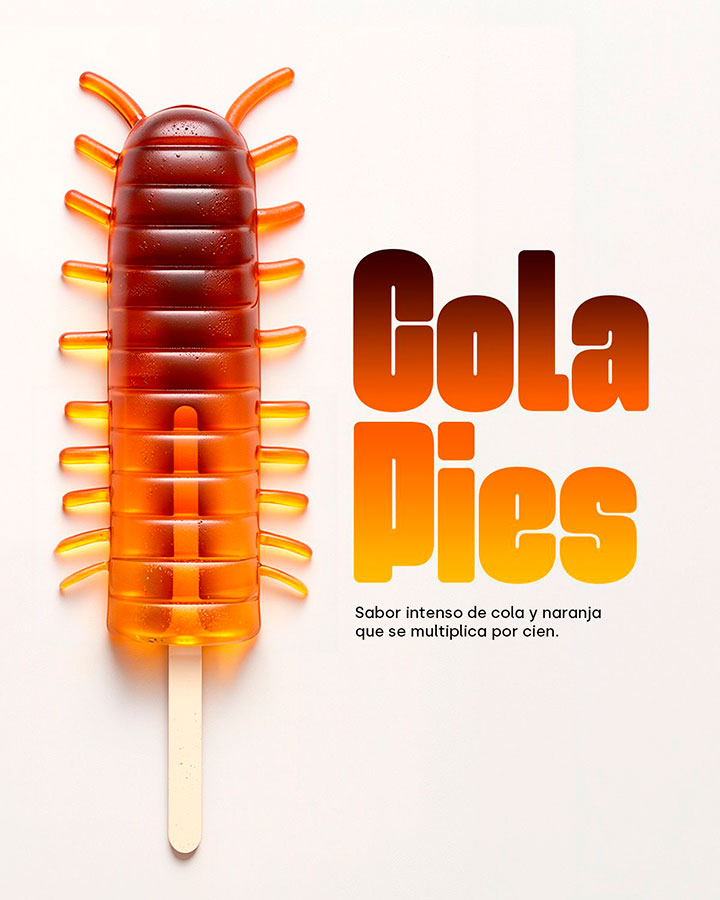
Are you thinking about doing more projects related to ice cream?
It’s probable. To me, along with pastry, ice cream seems to be a magical world, connecting us with the pleasure of taste, with illusion, with childhood. In short, I think that on a creative level it has a lot of scope. Although to be honest, right now I don’t have any ideas on the table where I’m working. Suggestions are welcome…
“After creating these pieces and speaking with many professionals in the ice cream sector, I think that what I have done is very difficult to bring to the market. At least in an industrial way, another thing would be artisanal manufacturing, one by one”
What advantages or possibilities do you think AI has for the ice cream sector? Not only on a visual level, but also in the combination of flavors, textures, and more.
My feeling after creating these pieces and speaking with many professionals in the sector, who have contacted me as a result, is that what I have done is very difficult to bring to the market. At least in an industrial way; artisanal, one-to-one manufacturing would be another thing.
But there is no doubt that the possibilities that AI has for visualizing options are unlimited. I think that this technology can be of great help in many areas and with the relevant advice from professionals, it can certainly be very useful.
Do you think that in the future AI could become a common work tool for ice cream makers and other gastronomy professionals?
Definitely. I like to think cumulatively. I mean, the best thing is that we have more and more options and that everyone can choose the combination that works best for them. Therefore, I am committed to combining tradition and innovation.
In Michelin-star cuisine, for example, the most innovative techniques are combined with the most authentic and traditional raw materials. Chefs are looking for the most genuinely grown foods and then cooking them with the most creative processes.
I think that any disruptive technology should serve to sublimate processes or to propose alternatives to what we already know, and I understand that this also applies to the ice cream industry.
Another example, which perfectly illustrates what I am saying, although it is not about cooking, is the natural coexistence of the ebook and the paper book. Many predicted the end of paper when the digital book appeared. Today, more books are sold in Spain than ever before. Therefore, I think that if AI can help to work better, to be more efficient and more creative, I have no doubt that the sector will welcome it without problems.
“I think that any disruptive technology should serve to sublimate processes or to propose alternatives to what we already know, and I understand that this also applies to the ice cream industry”


